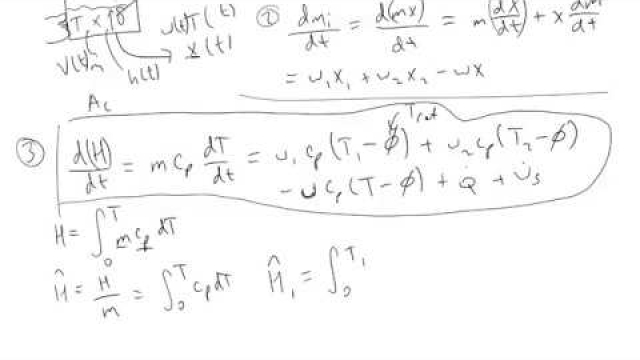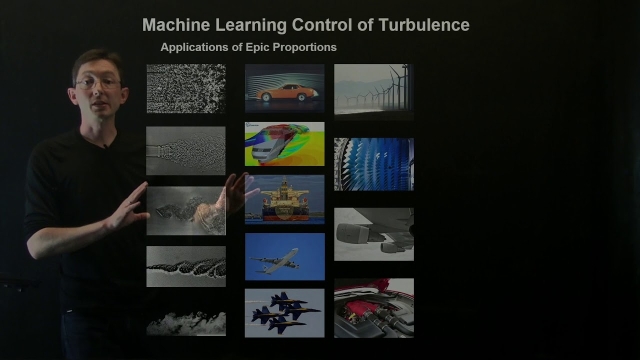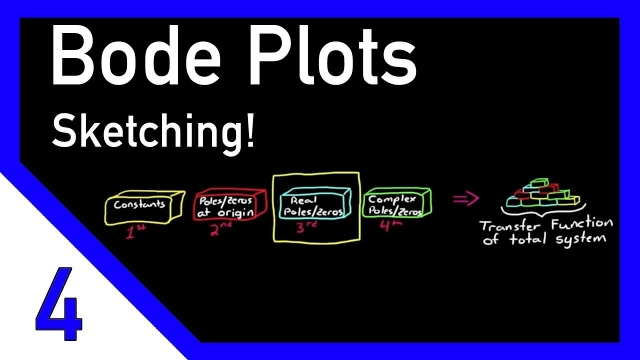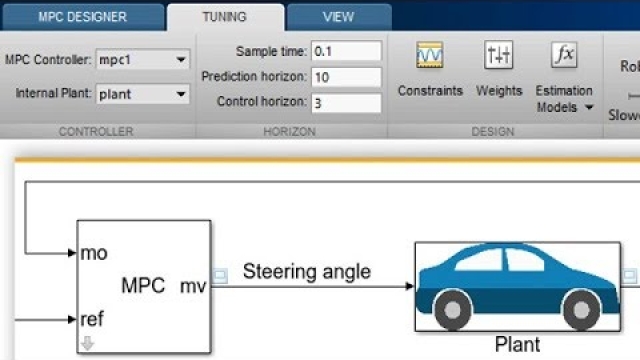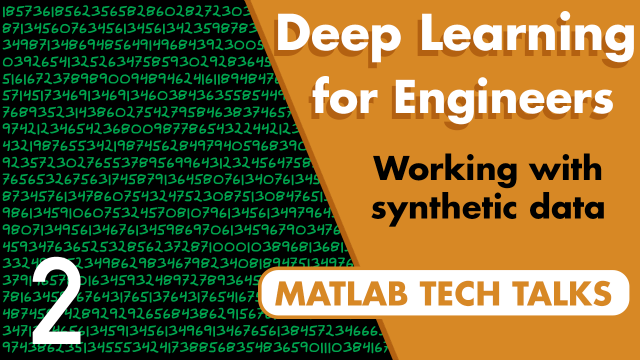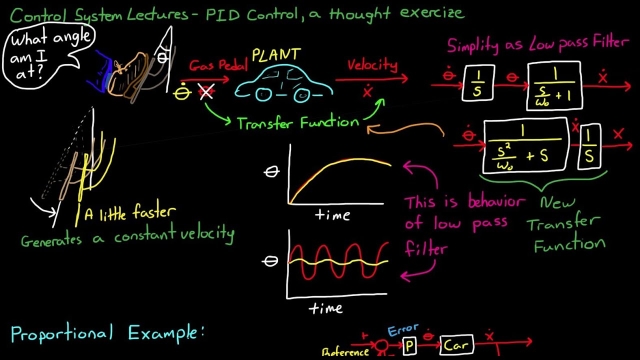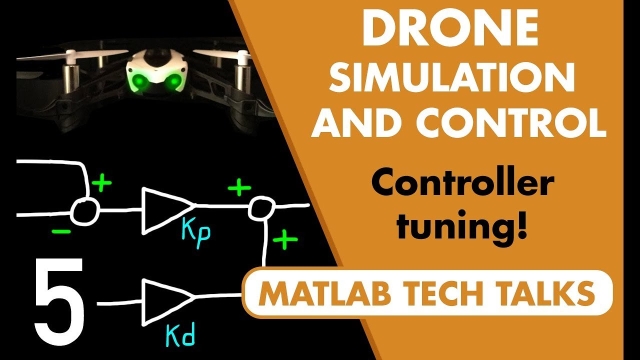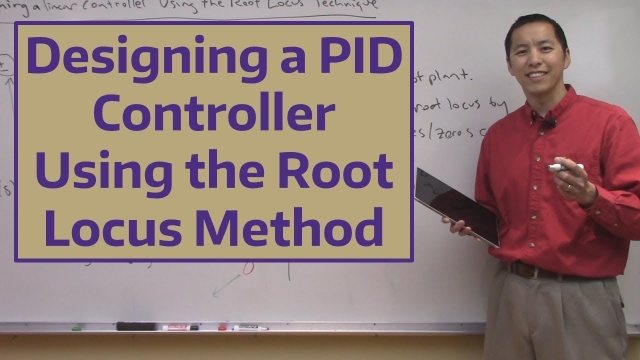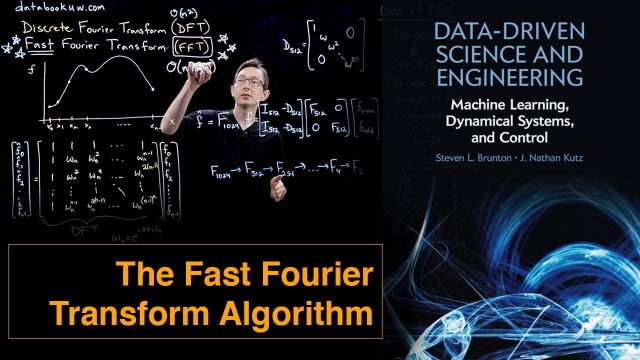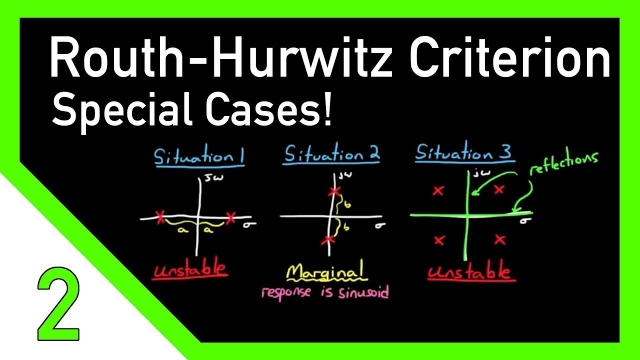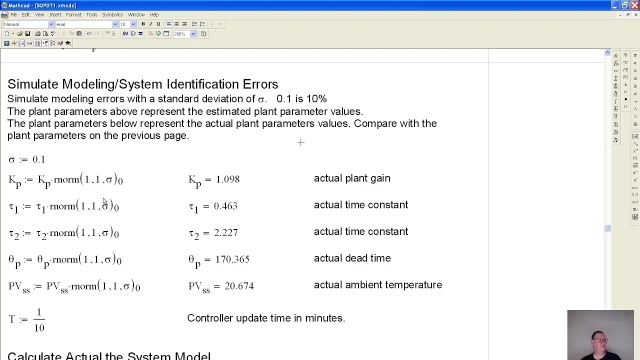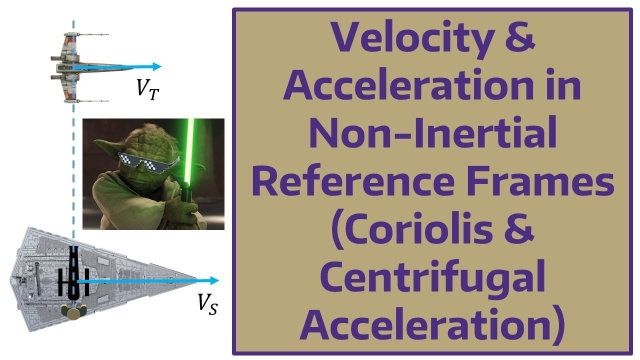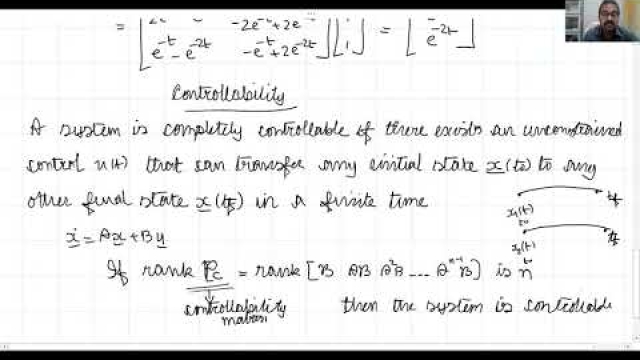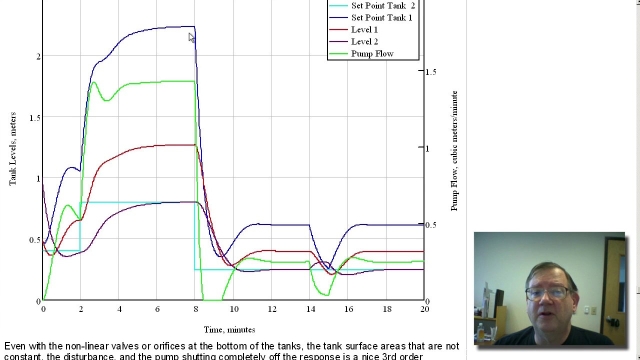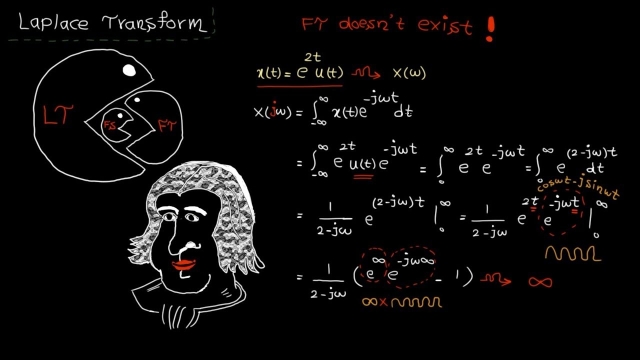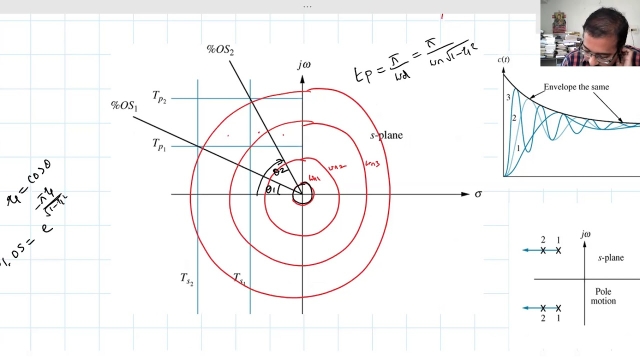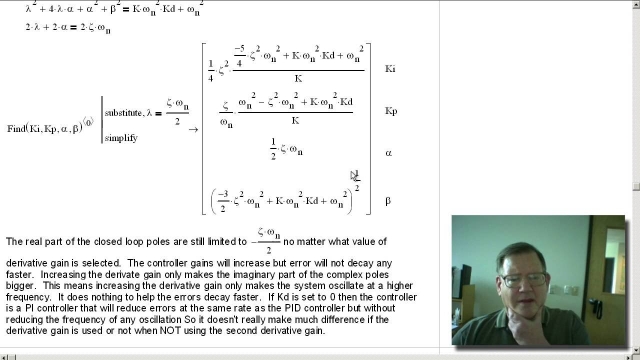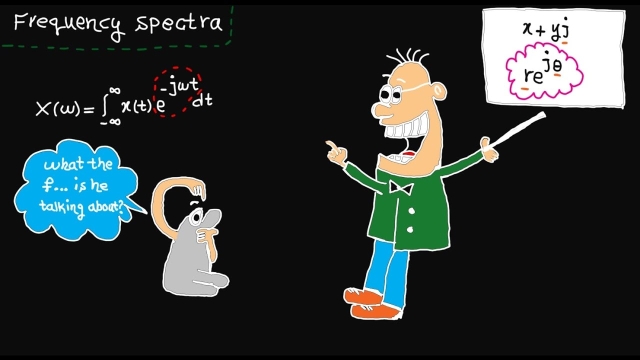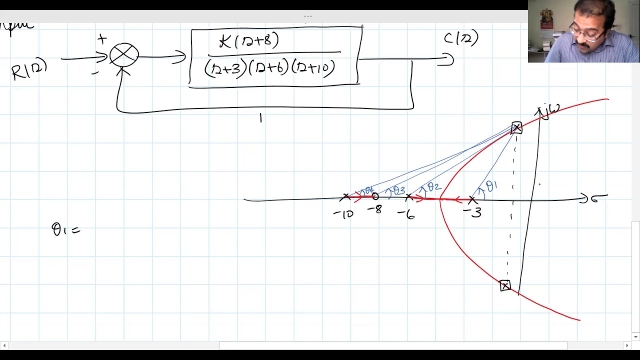
Lecture 15: Root Locus
Frequency domain – tutorial 9: frequency response
In this video, the learning objectives are to:1- fully understand the frequency response which forms the foundation of filtering 2- quickly review the common...
See MoreControl Bootcamp: Laplace Transforms and the Transfer Function
Here we show how to compute the transfer function using the Laplace transform.
See MoreLinear Quadratic Regulator (LQR) Control for the Inverted Pendulum on a Cart...
Here we design an optimal full-state feedback controller for the inverted pendulum on a cart example using the linear quadratic regulator (LQR). In Matlab, we find that this is a simple one...
See MoreProcess Control Introduction
An overview on state variables, inputs (manipulated and disturbance variables), outputs (measured state variables), and an example on the balance equations w...
See MoreMachine Learning Control: Genetic Programming Control
This lecture discusses the use of genetic programming to manipulate turbulent fluid dynamics in experimental flow control.
See MoreIMC based PID Design for a First Order Process
IMC based PID Design for a First Order Process
See MoreBode Plots by Hand: Real Poles or Zeros
This is a continuation of the Control Systems Lectures. This video describes the benefit of being able to approximate a Bode plot by hand and explains what a Bode plot looks like for a...
See MoreUnderstanding Model Predictive Control, Part 6: How to Design an MPC Control...
Learn how to design an MPC controller for an autonomous vehicle steering system using Model Predictive Control Toolbox™. This video walks you through the design process of an MPC controller...
See MoreWorking with Synthetic Data | Deep Learning for Engineers, Part 2
This video covers the first step in deep learning: having access to data. Part of making the decision of whether deep learning is right for your project comes down to the type and amount of...
See MoreSimple Examples of PID Control
In this video I continue the topic of PID control. We walk through a simple control system and visualize how each of the three paths, P, I, and D, all address specific problems that arise...
See MoreDrone Simulation and Control, Part 5: Tuning the PID controller
In the last video, we learned how accurate, nonlinear models are great for simulation but they don’t lend themselves well to linear analysis and design. This video takes the nonlinear model...
See MoreIntroductory course on aerial robotics, University of Pennsylvania
This course exposes you to the mechanics, design, control, and planning of robotic flight in 3 dimensional environments for micro-aerial vehicles, with an emphasis on quadrotors.
See MoreDesigning a PID Controller Using the Root Locus Method
In this video we discuss how to use the root locus method to design a PID controller. In addition to discussing the theory, we look at Matlab tools to enabl...
See MoreThe Fast Fourier Transform Algorithm
Here I discuss the Fast Fourier Transform (FFT) algorithm, one of the most important algorithms of all time.
See MoreRouth-Hurwitz Criterion, Special Cases
This video presents two special cases that you can encounter when filling out the Routh Array. The first case is when there is a zero in a row with at least one non-zero element following...
See MorePeter Ponders PID. Second Order Plus Dead Time , SOPDT, Temperature Control,...
In this video I derive the equations for the controller gains and a low pass filter for a SOPDT system with a very long dead time To make the simulation mo...
See MoreVelocity & Acceleration in Non-Inertial Reference Frames (Coriolis &...
In this video we derive a mathematical description of velocity and acceleration in non-inertial reference frame. We examine the effect of fictitious forces ...
See MoreLecture 31: Time response, Controllability and Observability
Peter Ponders PID - Tank Level Control
Laplace domain – tutorial 1: Laplace transform
In this video, we learn about Laplace transform which enables us to travel from time to the Laplace domain. The following materials are covered:1) why we nee...
See MoreLecture 19: Lead and PD compensator Design using Root Locus
Peter Ponders PID - Why PID with 2nd Derivative Gain?
If you have ever tuned a hydraulic system and wondered why PID control didn't work better than PI control the answer is here. Since the 1980s people have kn...
See MoreFrequency domain – tutorial 8: frequency spectra
In this video, we learn about frequency spectra which can be divided into two parts: phase and magnitude spectrum. Some examples will be provided to practice...
See More


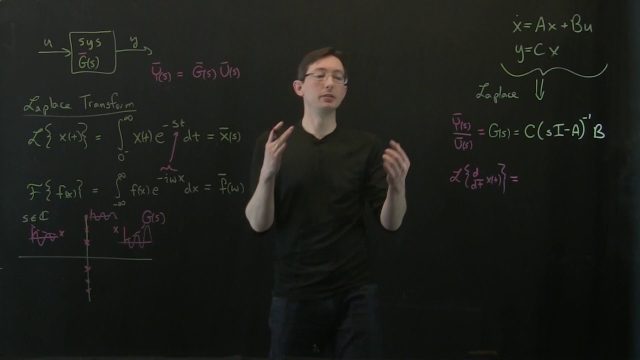
![Linear Quadratic Regulator (LQR) Control for the Inverted Pendulum on a Cart [Control Bootcamp] Linear Quadratic Regulator (LQR) Control for the Inverted Pendulum on a Cart [Control Bootcamp]](/sites/default/files/styles/search_resulkts/public/2020-12/maxresdefault_431.jpg?itok=vs89WnA2)
